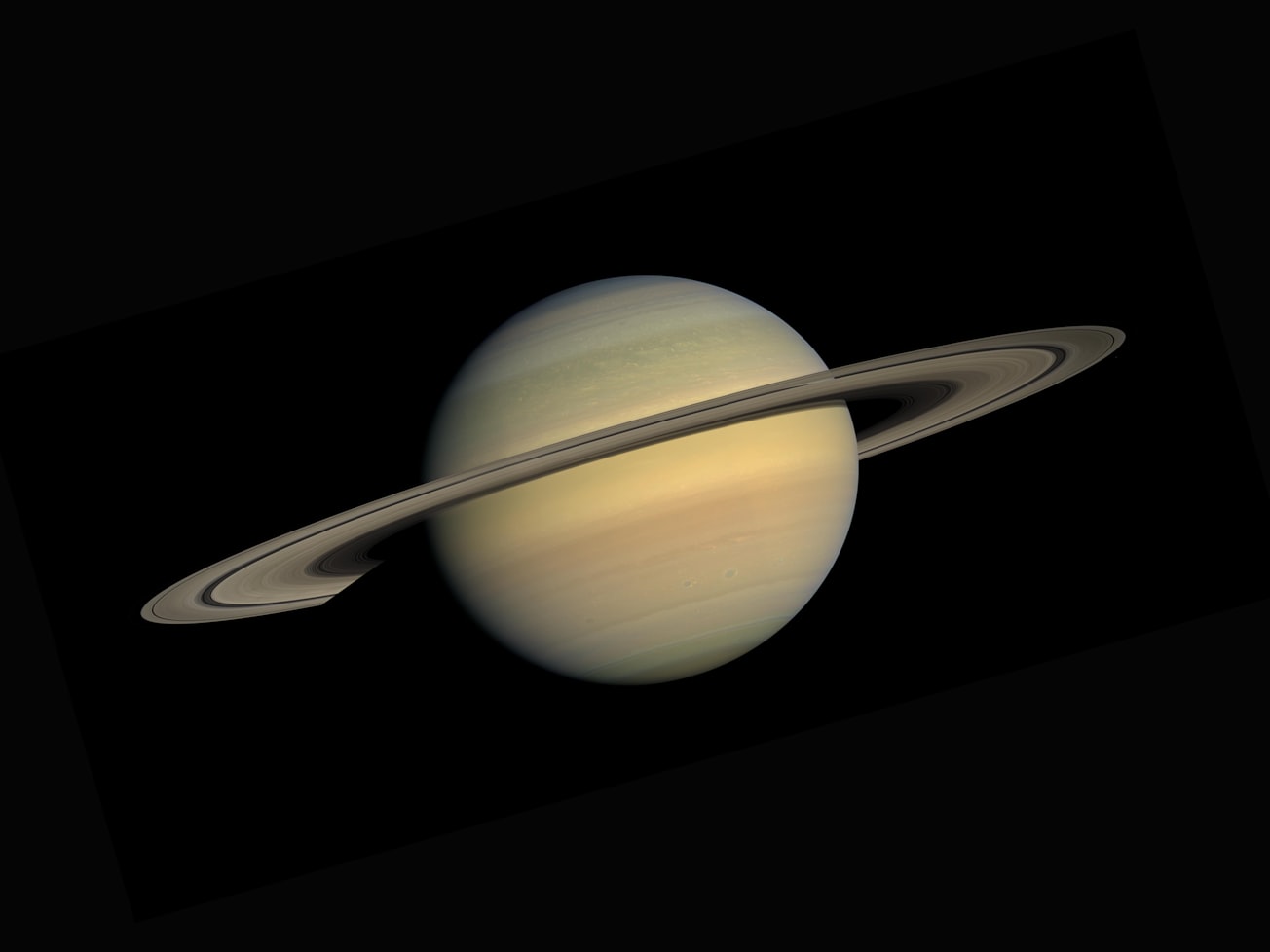What is it about?
Tidal interactions between planet and its satellites are known to be the main phenomena, which are determining the orbital evolution of the satellites. We suggest in the current research to take into consideration the additional well-known effect of differential rotation which obviously takes place in the gaseous or fluid convection zone of primary giant planet (indeed, the aforementioned effect exists even not depending on the orbital evolution of satellites around host planet).
Featured Image

Photo by NASA on Unsplash
Why is it important?
The rotational state of Uranus, in particular its spin angular momentum, could be measured or, at least, constrained dynamically (with aim to estimate its upper limit) by exploiting General Relativity as a tool: the Lense-Thirring effect governs the small-scaled orbital precessions induced by the spin angular momentum of the central body which may be, in principle, extracted from the motion of natural and/or artificial satellites
Perspectives
Writing this article was a great pleasure as it has co-authors from Russia and Ukraine at first time. This article also lead to celestial mechanics groups contacting me and ultimately to a greater involvement in tidal interactions between planet (Uranus) and its satellites.
Prof. Elbaz I. Abouelmagd
National Research Institute of Astronomy and Geophysics (NRIAG)
Read the Original
This page is a summary of: About influence of differential rotation in convection zone of gaseous or fluid giant planet (Uranus) onto the parameters of orbits of satellites, The European Physical Journal Plus, April 2021, Springer Science + Business Media,
DOI: 10.1140/epjp/s13360-021-01355-6.
You can read the full text:
Resources
Contributors
The following have contributed to this page







